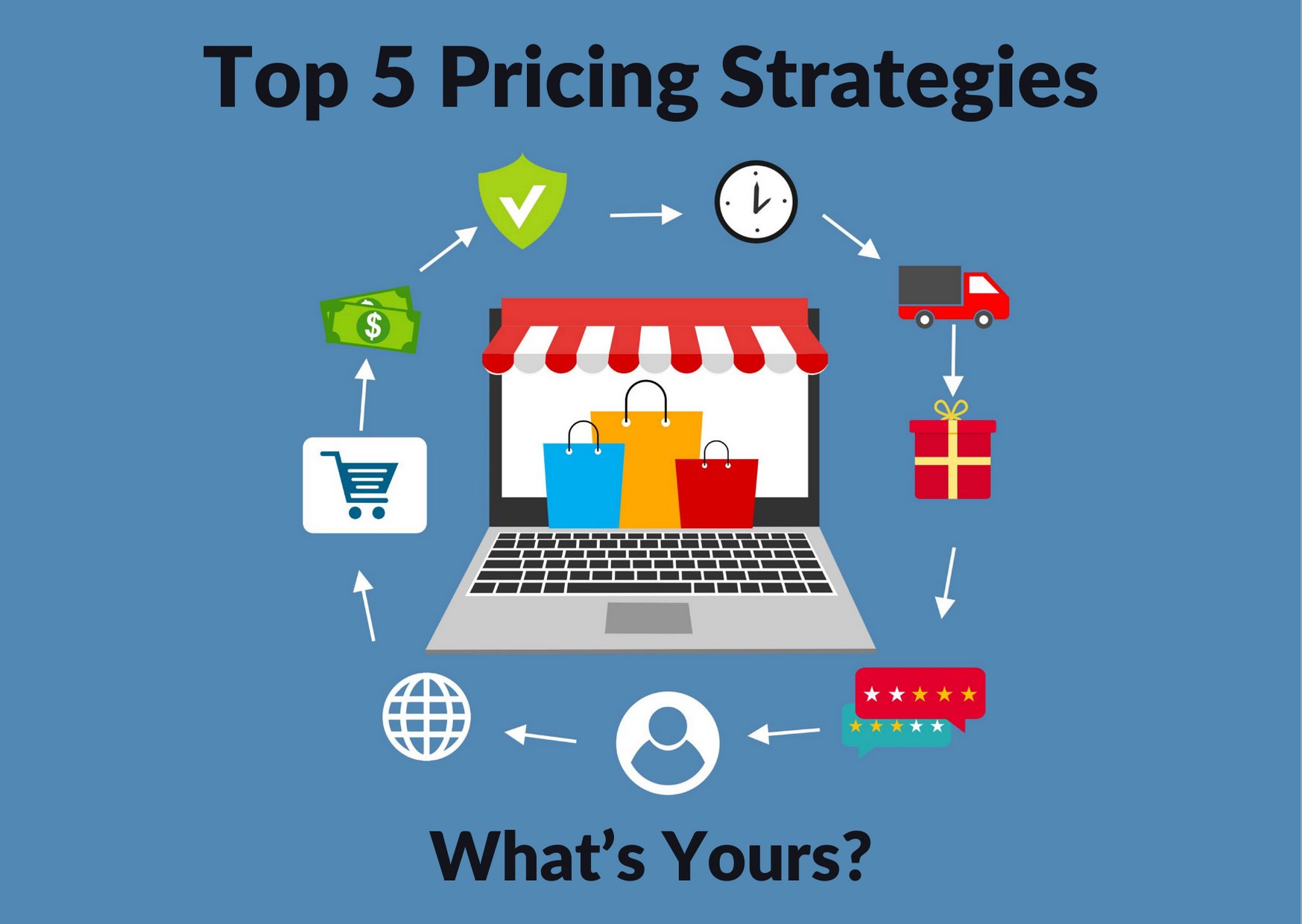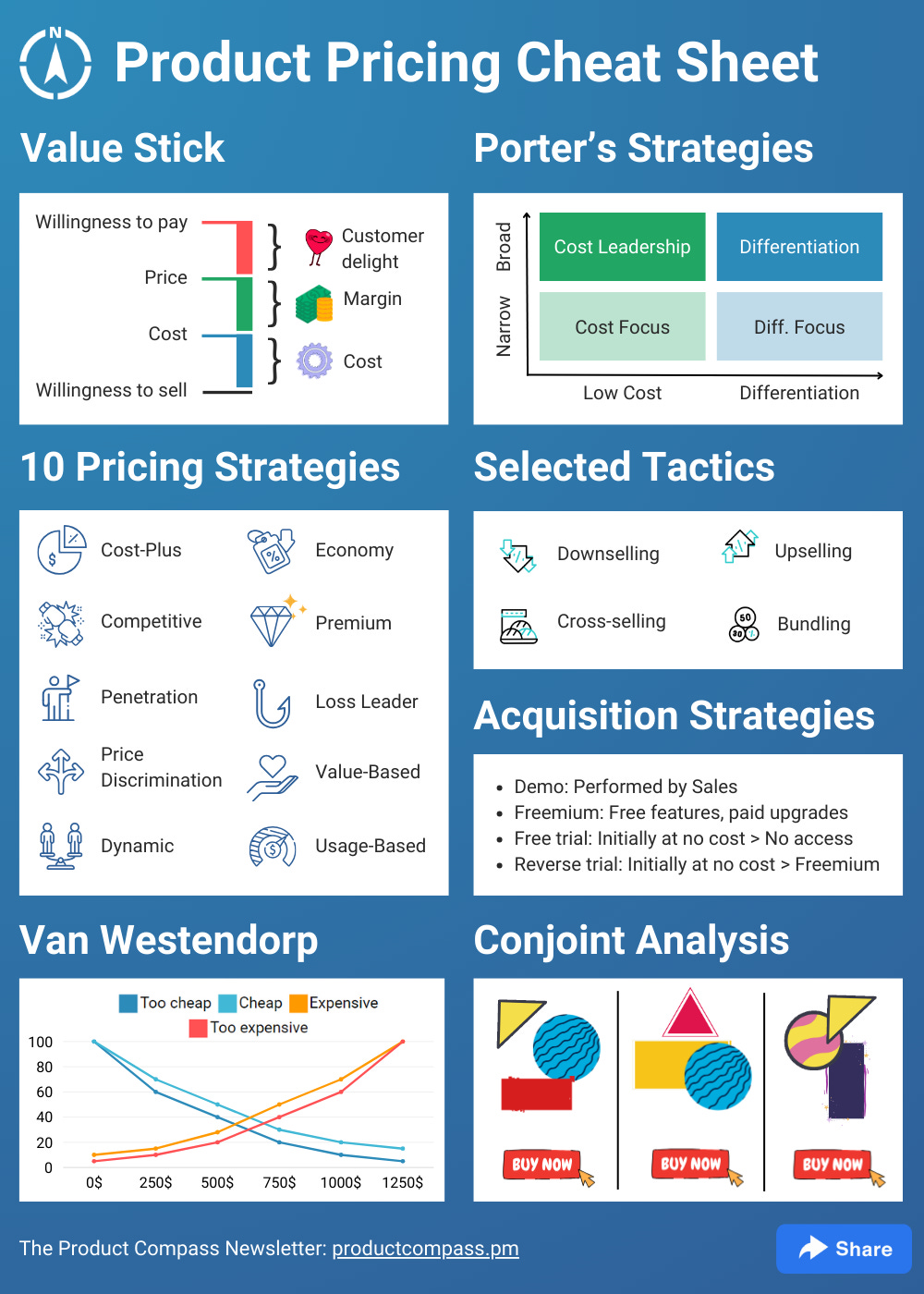Why Versatility is Critical in Developing Your Pricing Strategy
Why Versatility is Critical in Developing Your Pricing Strategy
Blog Article

Master Effective Prices Techniques to Optimize Revenue
In the ever-evolving landscape of business, grasping efficient prices approaches is crucial for organizations aiming to optimize earnings. A nuanced understanding of rates psychology can dramatically affect customer habits and investing in choices.
Comprehending Pricing Psychology
Comprehending pricing psychology is crucial for services intending to enhance their pricing approaches. This area examines exactly how consumers view prices and just how these assumptions affect their buying decisions. Key concepts in prices psychology include the anchoring effect, where the preliminary rate presented works as a reference factor for customers, and the idea of price level of sensitivity, which differs among different customer sections.
Additionally, businesses can leverage the concept of perceived value, where the viewed advantages of a product and services can justify a higher rate point. For example, premium pricing can create a mood of exclusivity, attracting customers that link greater prices with premium high quality. On the other hand, psychological prices, such as setting a price at $9.99 rather of $10, can considerably impact consumer behavior by making costs appear more attractive.
In addition, shortage and urgency can improve the viewed worth of items, prompting quicker getting decisions. Understanding these psychological triggers makes it possible for businesses to formulate pricing methods that not just drive sales however also foster customer loyalty. Therefore, grasping prices psychology is important for effective prices strategy formula, causing enhanced profitability and market positioning.
Executing Value-Based Pricing

First, conduct comprehensive market research study to identify the value motorists for your target audience. This can include features, top quality, brand reputation, and client service. Next, sector your consumers based upon their desire to pay and the worth they regard. By doing so, you can tailor offerings and prices approaches to straighten with various sections.
Continually check market conditions and consumer comments to improve your pricing strategy over time. By carrying out value-based prices, organizations can enhance profitability while cultivating long-lasting customer loyalty.
Exploring Dynamic Prices Versions
In today's rapidly altering market landscape, dynamic pricing designs have actually arised as an effective method for businesses looking for to maximize income and react to changes popular. These versions permit business to change their prices in real-time based upon different aspects such as client habits, market patterns, and supply degrees. By leveraging information analytics and algorithms, services can determine optimal prices points that take full advantage of sales while staying competitive.
Dynamic rates can take various forms, consisting of time-based rates, where rates change based on time of day or season, and demand-based pricing, which adjusts rates according to current customer need. This versatility not just improves profitability yet also enhances client satisfaction by offering rates that mirror real-time market problems.
Carrying out vibrant rates calls for a robust technological framework and a deep understanding of customer sectors. Clear interaction concerning prices changes can aid alleviate consumer dissatisfaction and foster count on, ultimately leading to continual earnings in an affordable industry.
Studying Competitor Rates
Keeping track of competitor pricing is vital for businesses intending to maintain a competitive side in their particular markets. By examining competitors' pricing techniques, firms can recognize market patterns, understand customer check choices, and change their prices accordingly. This evaluation involves gathering information on competitors' rates, marketing strategies, and product offerings to notify pricing choices.
To successfully examine rival prices, businesses need to use numerous devices and methods, such as rate monitoring software, marketing research records, and client feedback. This data can reveal just how rivals place their services and products, permitting businesses to differentiate their offerings or adopt similar strategies to remain relevant.
In addition, it is critical to categorize competitors right into indirect and straight rivals. Direct competitors supply similar items or services, while indirect rivals may accomplish the same consumer requirement with various solutions. Recognizing the nuances in between these groups will certainly enable services to tailor their rates techniques better.
Inevitably, recurring rival pricing analysis is important for making educated prices choices. It permits organizations to remain nimble in feedback to market shifts, ensuring they can seize chances and mitigate threats connected with pricing techniques.
Assessing Rates Efficiency
Understanding just how competitor prices influences market characteristics causes a natural concentrate on evaluating rates performance within one's very own service. This assessment is critical for determining locations of toughness and possibilities for renovation, ultimately improving success.

Furthermore, carrying out normal rates audits can reveal disparities between expected and actual performance. This includes comparing pricing information across different sectors and networks to recognize variations and recognize patterns. Incorporating client feedback can offer insights into viewed worth versus real pricing, ensuring alignment with market assumptions.
Lastly, leveraging information analytics devices can assist in much deeper insights into rates efficiency, allowing organizations to make data-driven modifications (Pricing Strategy). By continually evaluating prices performance, companies can adapt to market modifications and optimize their methods, ensuring continual productivity in a competitive landscape
Conclusion
By leveraging prices psychology, companies can improve viewed value and tailor prices to diverse client segments. The adoption of value-based and vibrant prices versions promotes real-time changes based on need and client determination to pay.
Recognizing prices psychology is crucial for businesses aiming to maximize their rates approaches. Comprehending these mental triggers enables organizations to create pricing methods that not right here only drive sales but additionally foster consumer commitment. Hence, mastering rates psychology is crucial for efficient rates approach solution, leading to boosted earnings and market positioning.
By analyzing competitors' prices strategies, firms can identify market fads, recognize customer preferences, and change their prices accordingly. By leveraging pricing psychology, businesses can improve regarded worth and tailor rates to varied consumer sections.
Report this page